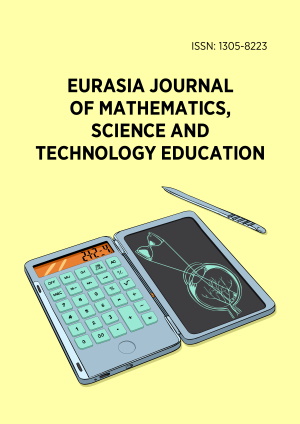Abstract
This study aims to design a valid and reliable instrument to measure scientific creative thinking skills (SCTS) and creative thinking digital skills (CTDS) for undergraduates majoring in physics education. The research employs the research and development approach, using an adapted Borg & Gall model. The instrument is designed based on the three-dimensional scientific structure creativity model for measuring SCTS and an adapted van Laar’s model for CTDS. Validity and reliability testing is conducted through empirical testing using the Rasch model and confirmatory factor analysis (CFA). The study’s results indicate that the developed instrument has met high standards of validity and reliability. The main finding of this study is the availability of an effective instrument to measure creative thinking skills in scientific and digital contexts. This research contributes to the development of instruments and encourages innovation in learning. The results can help educators provide targeted feedback and design learning that strengthens students’ creative thinking skills.
Keywords
License
This is an open access article distributed under the Creative Commons Attribution License which permits unrestricted use, distribution, and reproduction in any medium, provided the original work is properly cited.
Article Type: Research Article
EURASIA J Math Sci Tech Ed, Volume 21, Issue 5, May 2025, Article No: em2632
https://doi.org/10.29333/ejmste/16310
Publication date: 01 May 2025
Article Views: 2868
Article Downloads: 3089
Open Access References How to cite this article
 Full Text (PDF)
Full Text (PDF)